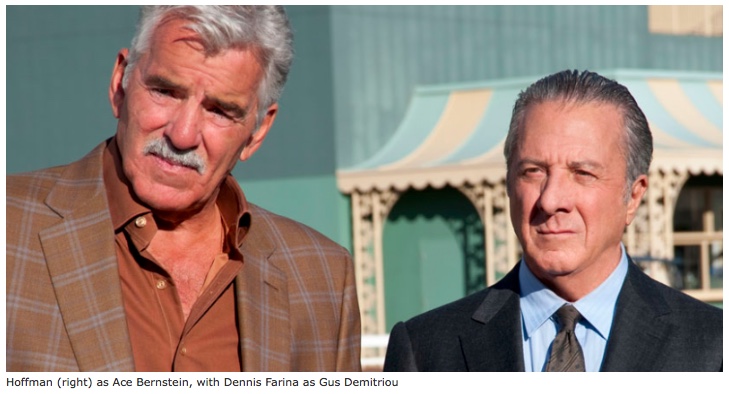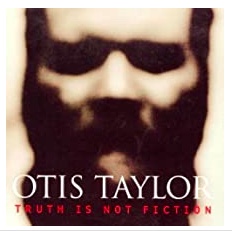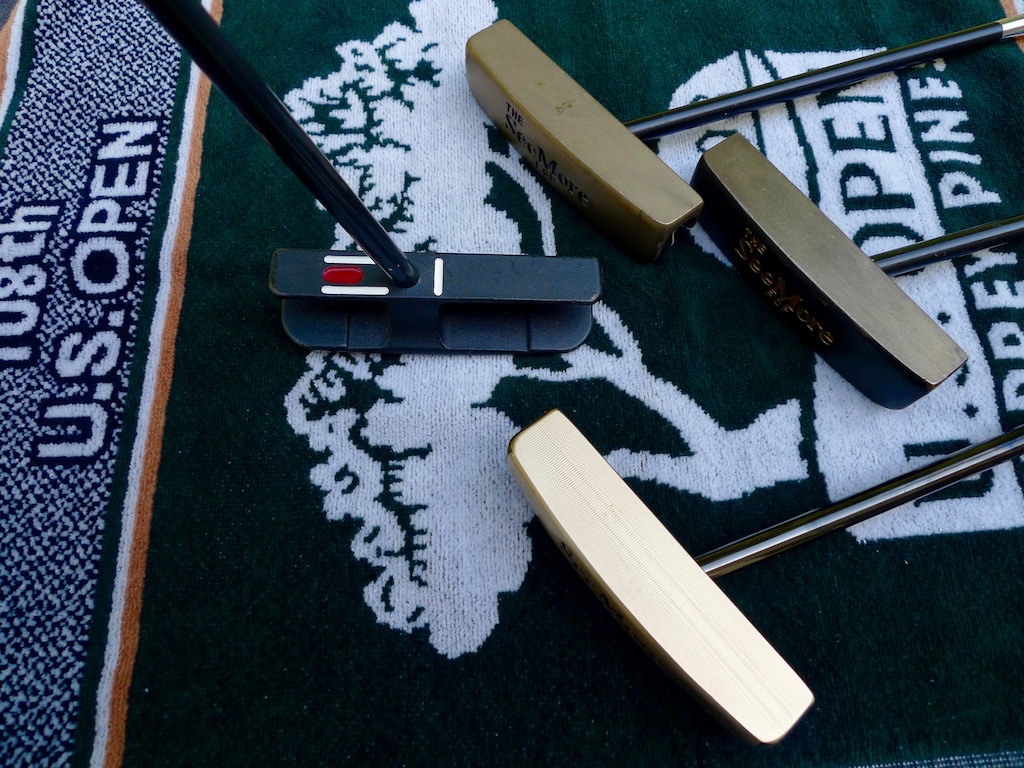Today I got an email from a would-be client of mine.
I gave her an assignment a few weeks back with a two-week deadline.
Here’s her email:
Paul
I am so sorry that I have neither followed up (yet) on your wonderful suggestions not let you know. As soon as we’d spoken I did some research into the subject then got stuck with a project I need to finish ASAP. I have to make (within the next few weeks!!) enough content for one quarter from 3 or more text books on the infinite topic of History of Golf.
So, that’s what I’m killing myself doing, especially on weekends. During my work, I was so happy to come across a couple of paragraphs dedicated to your friend (thought to myself – hey I know this guy!!), and excited that it will go into my powerpoints:
In 1911, Johnny McDermott, a brash young pro from Philadelphia was addicted to gambling at golf, ended the foreign and foreign-born dominance of the U.S. Open by becoming the first American-born winner of the event. At age 19 years, 10 months, and 14 days, he is still the youngest player ever to win the U.S. Open and the second-youngest ever to win any of the four modern majors. Only Young Tom Morris, who won the British Open in 1868 at age 17, was younger. As if to prove that his victory in 1911 was no fluke, McDermott won the US Open again in 1912 at the Country Club of Buffalo, where he became the first player to shoot a sub-par score in the US Open. Unfortunately he disappeared from the golfing scene as quickly as he had appeared. In 1914, at age 23, he collapsed and suffered a nervous breakdown in the clubhouse of the Atlantic City Country Club where he was the club pro. He never recovered from the incident and spent the rest of his life in mental hospitals, rest homes, and living with family members in Philadelphia, suffering from a mental illness.
Will follow-up on your ideas soon as this job is done.
Do you go to the Genesis Invitational?
Signed, Would-Be Client
And my reply:
Dear Client
You’re lucky.
I was about to send you a friendly-reminder email.
Glad you’re busy, hoping you’re not too busy.
Yeah, I got some JJM bio stuff from the USGA’s head historian. Nice guy, tho I cannot recall his name. Oh, yeah, it’s Mike Trostel! Not all of my memory is gone, thank goodness.
What is most interesting about JJM is that there are NO authoritative contemporaneous accounts of his decline. Some sources include what you have mentioned, others say bad financial decisions preceded his illness and still others point to the trauma of surviving a near-catastrophe at sea while sailing home to the United States.
I guess this kind of vagueness is an omnipresent feature of most lives, even of some noteworthy folks like JJM. My mother was dead less than a week before her own daughter inadvertently misstated some well-known facts about my mother’s life during a eulogy.
In the back of the church I muttered to myself, “And we wonder why there are so many biographies of the same person.”
Anyway, it’s great to hear from you.
Please keep in touch and be well!
Cheers.
Paul
The italicized paragraph is about John J. McDermott, a main character in my first novel. I was especially taken that my client presented what she did as authoritative. It may have been, but I doubt it. Whether it was JJM’s life or the life of my mother, people come and go and then we set about to say what happened in their lives. Sometimes we’re right. Other times, not so much. So, the word for the day is humble, as in be humble when citing facts about the lives of others, living or not.
Another LP is spinning for this evening’s writing soundtrack. It’s my single favorite solo guitar record ever. It’s by one or two-off virtuoso, George Cromarty and it’s called Wind In The Heather. It is a superb pressing with some of the best and best recorded acoustic guitar I have ever heard. I need to add Cromarty to my list of missing musicians.
This is also a rare flood survivor as the stained and damaged cover show. Happily, and I mean very happily, the record itself was spared. I never even had to clean it with the Nitty Gritty. I tried to get a little too arty with the processing on this, but what can you do other than try?
Anyway, thanks for reading.












